COMMENT:
Sr. Noreen attended the 21 Feb 2015 'Oasis' day of Retreat. She gave us the interesting account of the sharing. And below we see the illustration of the Levi (Matt) Carravaggio.
Fw; Frid after Ash Wed
----- Forwarded Message -----
From: Nivard ....
...
From: Nivard ....
...
Sent: Saturday, 21 February 2015, 15:45
Subject: Frid after Ash Wed
Subject: Frid after Ash Wed
Ash Frid 20 Feb 2015 Mt 9:14-1534
Fasting for the kingdom of God.
What kind of fasting is pleasing to God?
Fasting can be done for a variety of reasons - to gain freedom from some bad habit, addiction, or vice, to share in the suffering of those who go without, or to grow in our hunger for God and for the things of heaven.
Basil the Great wrote: Take heed that you do not make fasting to consist only in abstinence from meats. True fasting is to refrain from vice.
Pardon your neighbors. Forgive them their trespasses.
Let us hunger to know God more, to grow in his holiness, and to live the abundant life of grace he offers us.
With St Augustine we pray,
Father in heaven, work upon us, set us on fire and clasp us close.
Be fragrant to us, draw us to your loveliness, let us love, let us run to you, through Christ our Lord.
| 21 February- 2015 Saturday after Ash Wednesday |  |  |
Today's Theme

‘Why do you eat and drink with tax collectors and sinners?' ...Lk 5:30
Scripture reading: Luke 5: 27-32

(The Call of Levi.....Carravaggio)
Jesus he noticed a tax collector, Levi by name, sitting by the customs house, and said to him, 'Follow me'.
And leaving everything he got up and followed him. In his honour Levi held a great reception in his house, and with them at table was a large gathering of tax collectors and others.The Pharisees and their scribes complained to his disciples and said, 'Why do you eat and drink with tax collectors and sinners?'
Jesus said to them in reply,
'It is not those who are well who need the doctor, but the sick. I have not come to call the virtuous, but sinners to repentance.' ***********************************
General CommentsIsaiah calls out for greater service of God and fellow human beings. Lent gives us the opportunity to jettison much that is unnecessary and unhelpful in our way of life. following of Christ implies a leaving behind of much that causes unhappiness.
***************************
|
Sancta Maria Abbey: http://www.nunraw.com.uk (Website)
Blogspot :http://www.nunraw.blogspot.co.uk |
Blogspot :http://www.nunraw.blogspot.co.uk |
domdonald.org.uk

.jpg)

.jpg)

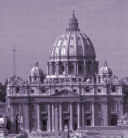



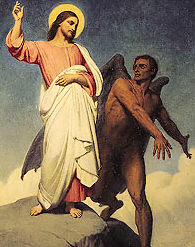
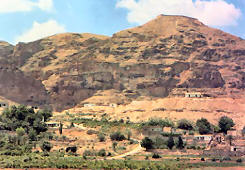 The sincere Christian will find a hundred such ways in which to thank and honor Christ during this holy season of Lent. We can all keep the last verse of today's reading before our minds with great profit. "Repent and believe in the gospel." This is the essence, the marrow, of Christ's teaching. Turn away from sin and come back to God. Anyone who believes in the gospel, who believes that there is an everlasting life after death prepared by God for all those who do his will while on earth, should not find it hard to give up offending that loving God who thinks so much of him. This life is only a passing shadow, every step we take, every breath we breathe is bringing us nearer to our earthly end and to the grave. But the believing Christian knows the grave is not the end. Rather, is it the beginning of the true life—provided we use this passing shadow, these few years, properly.
The sincere Christian will find a hundred such ways in which to thank and honor Christ during this holy season of Lent. We can all keep the last verse of today's reading before our minds with great profit. "Repent and believe in the gospel." This is the essence, the marrow, of Christ's teaching. Turn away from sin and come back to God. Anyone who believes in the gospel, who believes that there is an everlasting life after death prepared by God for all those who do his will while on earth, should not find it hard to give up offending that loving God who thinks so much of him. This life is only a passing shadow, every step we take, every breath we breathe is bringing us nearer to our earthly end and to the grave. But the believing Christian knows the grave is not the end. Rather, is it the beginning of the true life—provided we use this passing shadow, these few years, properly.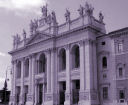
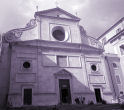
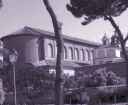
.jpg)
.jpg)
